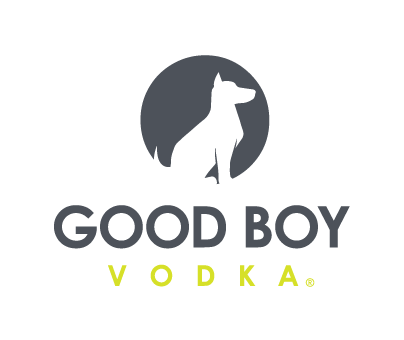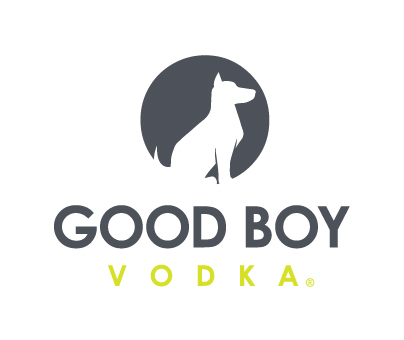Functional Baby Food Brand Cerebelly Continues Retail Expansion With Target Launch

After less than a year on the market, neurosurgeon co-founded brand Cerebelly has made significant strides in its goal to make its brain-boosting functional baby food accessible to kids everywhere. This month, the brand expanded to 1,500 Target locations, bringing its door count to 4,000 stores nationwide.
Cerebelly, which has raised $6.7 million in financing to date through investors including Imaginary Ventures, Knudsen Capital and H Ventures, first hit Whole Foods shelves nationwide with its 10 SKU line of shelf-stable baby food pouches last September, before expanding to 2,000 Kroger locations earlier this year. Target will carry Cerebelly’s variety 3-packs nationwide, which will retail for $7.99, while some select stores will also carry individual pouches for $2.69 each.
Cerebelly was co-founded by Dr. Teresa Purzner, a practicing neurosurgeon with a Ph.D. in developmental neurobiology from Stanford and a mother of three, along with her brother, Nick Langan. Purzner’s work researching childhood brain cancer ultimately inspired her to research how to optimize her children’s nutrition for brain development. The first three years of life are crucial to a child’s brain development, Purzner found, and not only do specific regions of the brain develop at specific times, but there are also unique nutritional requirements to best support their growth. The frontal cortex, for example, requires vitamin B12 and vitamin E. After heading to store shelves, Purzner realized that most grocery store offerings only featured a handful of the 18 essential nutrients children’s brains need.
“It was a realization that there was all this published science, all the scientific facts that showed how important nutrition was to the brain and how we could do a much better job of targeting that nutrition for development, and none of that was being used,” Langan said.
She began preparing her own formulations for her children, but quickly decided to commercialize a product line in order to increase accessibility. It took Purzner and Langan about four years to develop and manufacture its product line, each flavor of which supports different brain functions such as hearing, memory, attention and social awareness. For example, Cerebelly’s Broccoli Pear SKU, which contains iron, copper, folate and choline, supports development of the primary auditory cortex, which manages speech, along with the occipital lobe, responsible for visual processing.

While they originally envisioned Cerebelly as a direct-to-consumer business, retailer Whole Foods Market wanted the line, which entered stores nationwide last September. Langan said this month’s Target launch will further increase accessibility while also serving as a marketing tool, providing consumers the option to try out the product before committing to a subscription.
“It was really important to us that this was accessible not only to people who have the means to purchase it online or who can subscribe, but just to everyone, no matter what their lifestyle is,” Langan said. “The reality was that a large percentage of people still felt most comfortable and found it most convenient just to buy it while they were grocery shopping.”
While Cerebelly’s website offers shoppers a personalized quiz to help determine which products are the right fit for their children, this isn’t possible in retail, so the brand’s mixed packs are labeled with specific age ranges (8-9 months, 10-11 months). Cerebelly has additional products in the works, which will target “popular and convenient” baby food products whose nutritional content is “lacking,” which Langan said are slated to launch this fall.
Cerebelly’s marketing has revolved around the hashtag #FlipYourFood, encouraging consumers to “flip over” other baby food products and compare their nutritional panels to those of Cerebelly. Langan said the brand has diligent manufacturing standards (contributing to its slightly higher price point) to ensure its products are free of contaminants such as heavy metals. The struggle has been to get consumers to rethink how they select a baby food product. Langan noted that over the years, while there’s been an emphasis in the baby food category on what isn’t in the products, such as GMOs, allergens and pesticides, less importance has been placed on what ingredients products do contain and how they can assist in a child’s development.
“Along the way, it did feel a little bit like people forgot about what’s actually in the pouch, and that’s what Cerebelly is all about,” Langan said. “All the claims that we’re making are based on hard science. This isn’t a trend. This isn’t something that’s going to change, five years from now, 10 years from now, 50 years from now. This is all biology.”
















